Karelians live and work to preserve their heritage
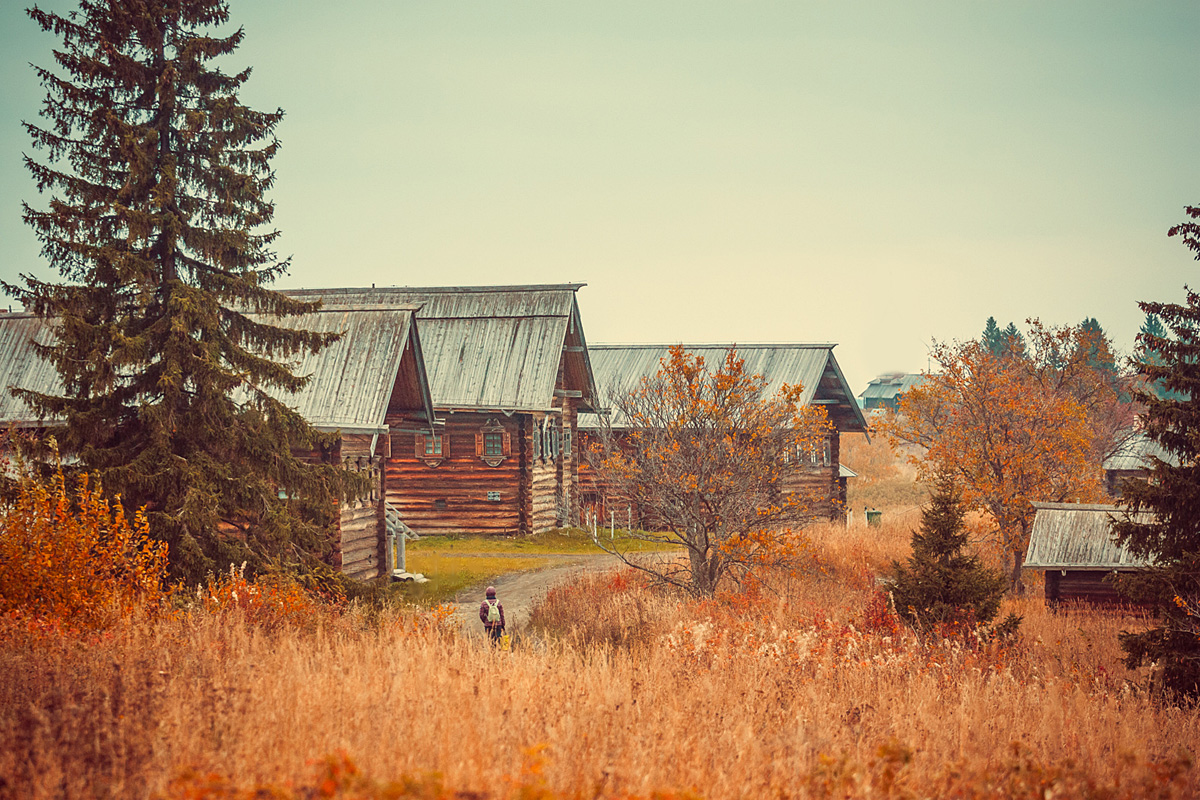
Against all odds one Karelian village survives, thrives and even welcomes tourists.
Lori/Legion-Media"You won't find any authentic kalitka pies in Petrozavodsk," a woman tells me as we get in line at a food shop. "There aren't any traditional Karelian pastries here." The implication is that the further from the regional capital, the better the kalitkas are. The stuffing in these pies is the secret to their success.
The people of Karelia are particularly fond of their ‘kalitkas,’ or pies made with oat flour, from roasted and refined oats. The dough is kneaded from rye flour with lots of butter and sour cream. Karelians say the stuffing should fill the pie to the brink and a good kalitka crumbles and melts in your mouth.
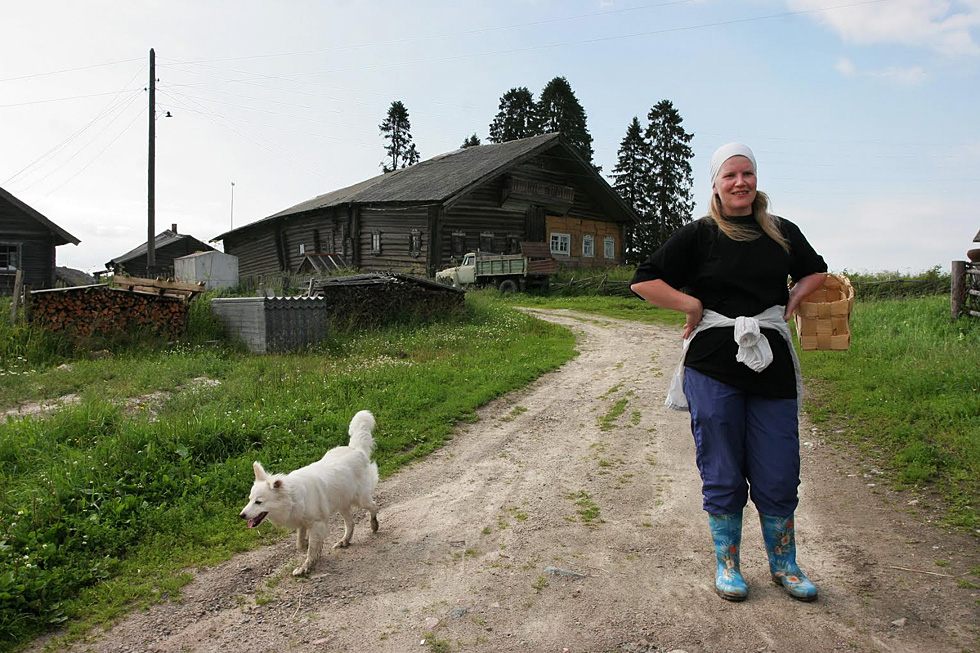 Source: Geophoto
Source: Geophoto
If you are a lucky traveller, you might also get to taste a ‘kolob’ pie with potatoes or oat flour in a distant village in Karelia. The Karelians closely guard the recipes of these pies and serve them only to the most honoured guests.
Not every tourist can make it to the Kinerma village in the south of Karelia without a guide. Wandering in the nearby forests and fishing in the lake is a perfect escape from the hustle and bustle of a big city. Karelia has an abundance of lakes; around 60,000 large lakes and, as for the smaller ones, no one has bothered to count them.
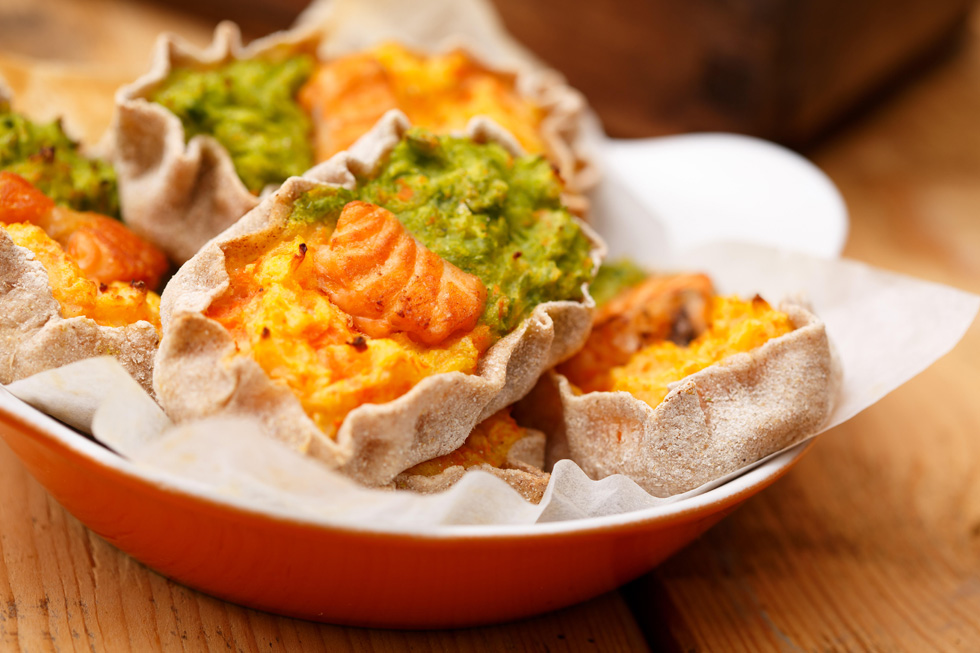 Source: PhotoXpress
Source: PhotoXpress
The population of the republic of Karelia comprises more than a dozen distinct peoples. The ethnic groups include Karelians, Livvi-Karelians and Ludic Karelians. The villages are distinctive; long rather than wide, with large, solid houses with everything under one roof.
Karelians' private acreage
Tourists visit Karelia to admire its magnificent natural beauty. The rivers, full of rapids, are perfect for kayaking while the forests and lakes with barely intelligible names are ideal for pitching tents. Around 500,000 visitors travel to the republic every year. Non-touristy spots, which the locals prefer to keep to themselves, have only local names and are rarely shown to outsiders. Local residents view them as their private acreage, to gather berries, fish and hunt.
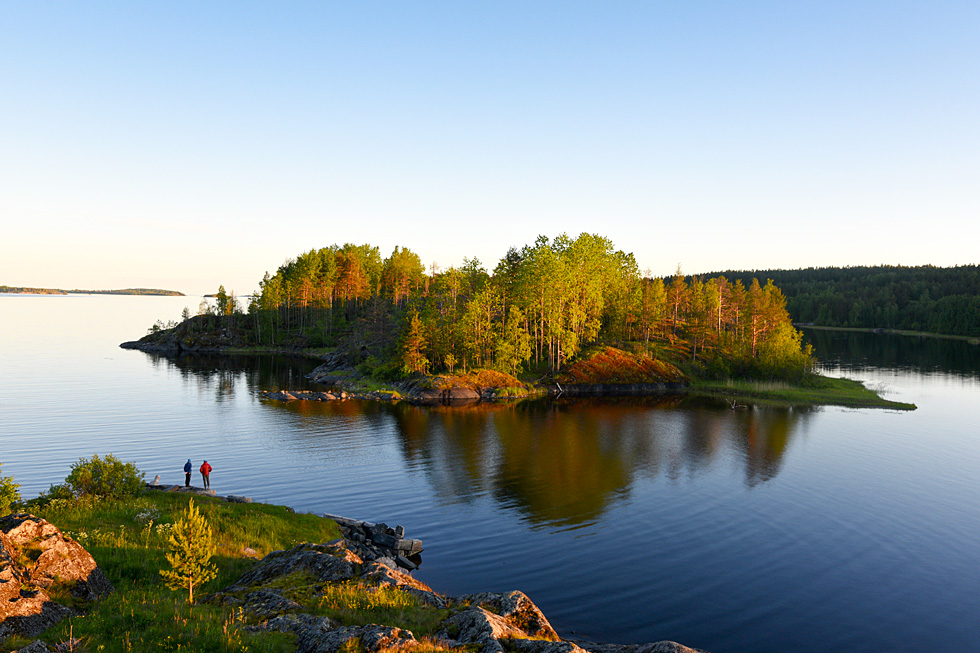 Source: TASS/Vasily Kuzmichenok
Source: TASS/Vasily Kuzmichenok
Karelians are a tall, blue-eyed people, often with fair, almost reddish hair. A host of rumours and legends surround them. Allegedly, they still worship the forest, resist authority and engage in witchcraft. There is no point in looking for Karelian traditions and customs in Petrozavodsk, Karelia's capital. For an authentic Karelian experience, head for the town of Olonets or the village of Kinerma.
An old house and an elderly man
A journey to Kinerma from Petrozavodsk is a two-hour drive along a bumpy road. No public transport connects to this old Karelian village, so a visitor needs to either take a taxi or walk the seven-kilometres from the nearest settlement of Vedlozero.
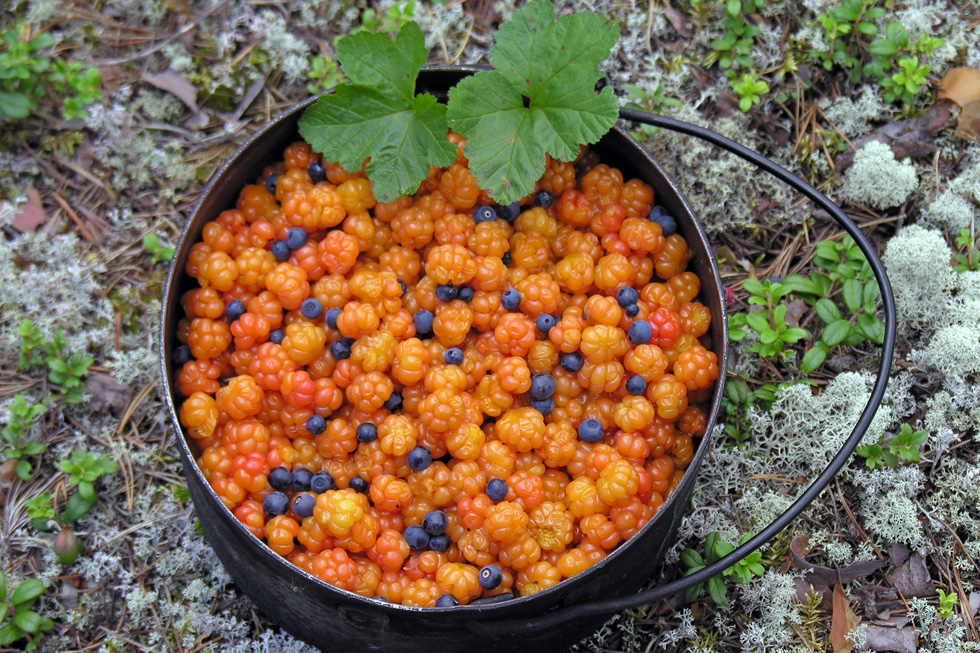 Source: Shutterstock/Legion-Media
Source: Shutterstock/Legion-Media
There are 16 large wooden houses and a pagan grove in the middle of the village, now dominated by an Orthodox Christian chapel. The pagan grove was a place of worship where Karelians used to say prayers and perform rites to appeal to the spirit of the forest. No one comes to the grove now, but the respect for nature is still felt. Karelians view the tree as an intermediary between the earth and the sky, the world of people and the world of spirits. Birches and fir-trees were the most respected, so much so that a woman would use a birch whisk in a sauna in an effort to become more attractive.
A full tour of Kinerma takes barely 15 minutes. Most of the yards are empty, as most residents come here only in the summer to plant potatoes and take a break from the city. Local residents are reluctant to strike up conversation with outsiders.There are only five permanent residents in the village: 83-year-old Ivan Yershov, also known as Grandpa Vanya, his goats and the Kalmykov family.
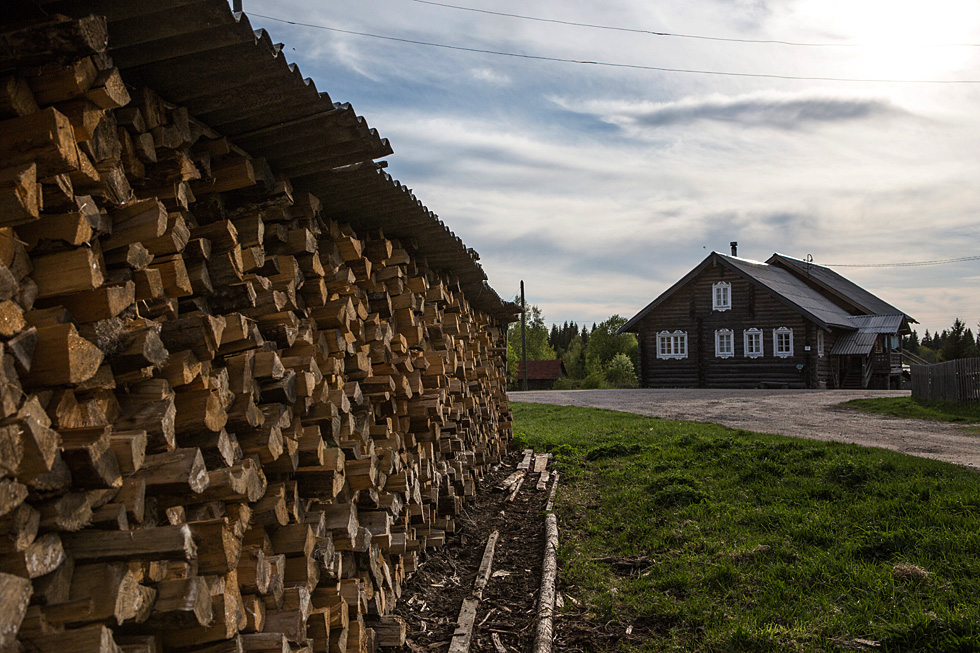 Source: RIA Novosti/Ilya Timin
Source: RIA Novosti/Ilya Timin
Grandpa Vanya is the oldest resident of the village. He was born here and has no intention of leaving. His house and the chapel are Kinerma's oldest buildings. They were constructed 261 years ago by a visiting Swedish builder.
The last Karelian settlement
"In the 1990s, Finland took an active part in reconstruction here,” Yegor Kalmykov said. “They even have a society called the 'Friends of Kinerma.’”
The fair-haired 12-year-old boy offers guided tours of Kinerma while his family does restoration work in the village out of their own pocket and works with tourists.
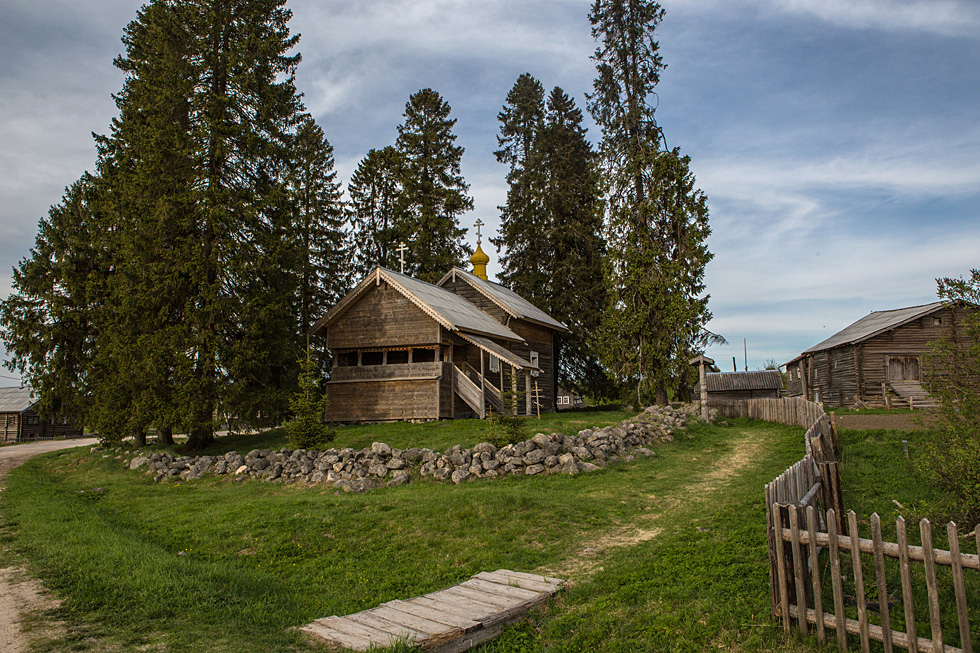 Source: RIA Novosti/Ilya Timin
Source: RIA Novosti/Ilya Timin
Architecture students from the Finnish town of Oulu once came to Kinerma for some practical training. They were astonished to discover the entire household complex of a traditional Karelian village almost intact. Restoration work began soon after.
The Kalmykovs and Grandpa Vanya live in the village through the year, and the family helps the old man out. In 2013, the Kalmykovs succeeded in making Kinerma an official conservation area.
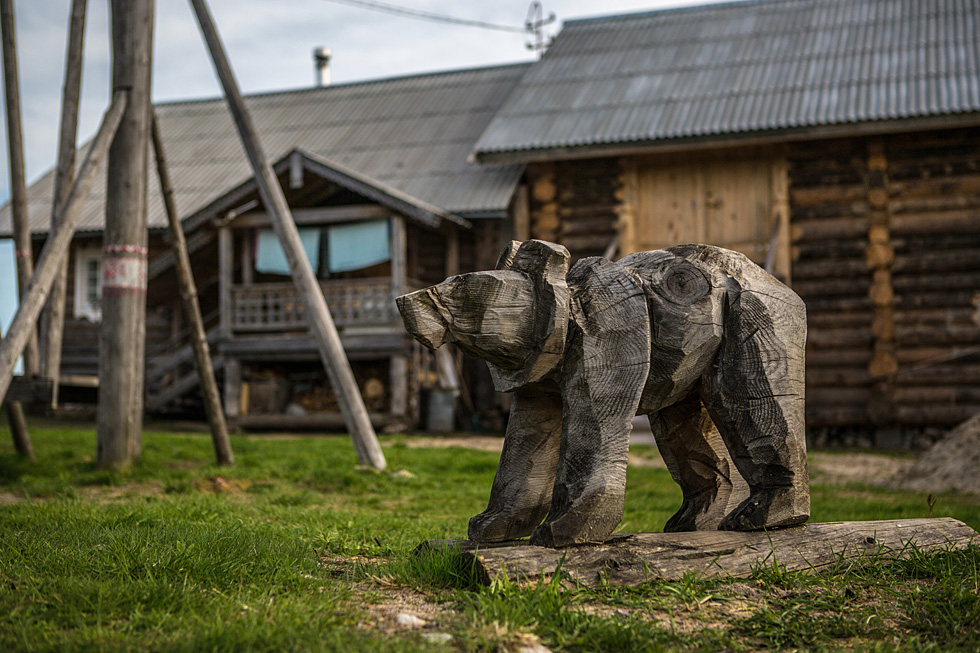 Source: RIA Novosti/Ilya Timin
Source: RIA Novosti/Ilya Timin
Lunch with a Karelian family
Yegor leads us past the church toward the house and invites us in for lunch. Nadezhda Kalmykova, Yegor's mother, is dressed in traditional attire. She serves soup, buckwheat and a Karelian pie with cottage cheese. She is wearing a shawl with a foliage pattern on her shoulders and a string of red beads around her neck. Her head is covered with a povoinik kerchief – married Karelian women traditionally keep their hair covered. Karelians are fond of red, which signifies fire and fertility. Unlike the women, Karelian men wear simple clothes: Shirts with side-fastening collars, wide trousers and waistbands with protective ornaments. In the village, Nadezhda Kalmykova is mostly responsible for household duties, while her husband does construction and renovation work and gathers supplies.
 Source: RIA Novosti/Ramil Sitdikov
Source: RIA Novosti/Ramil Sitdikov
Nadezhda and her sister decided to renovate their family house in the late 1990s, moved to Kinerma with her family and started promoting the neighbourhood as a tourist attraction. The children go to school in the neighbouring village and a minibus comes to pick them up daily. They attend classes after school at the House of the Karelian Language in the same village.
"I was born in Kinerma and so were many generations of my family,” said Nadezhda. “My sister and I studied at the department of Karelian studies in Petrozavodsk University. Later, I continued my studies in Finland, while my sister went to live there permanently. But when I was between jobs, I became homesick and we decided to renovate our family house."
 Source: Geophoto
Source: Geophoto
Like many ethnic minorities, Karelians lost their language in the 20th century, but during the 1990s, local language schools started to emerge. However, Finnish is more widely spoken in the republic than Karelian.
Kinerma is the only protected Karelian settlement in the entire republic. While other villages are gradually abandoned or become dilapidated, Kinerma attracts new tourists and volunteers from a number of countries every year. They enjoy the traditional chimney-free sauna, which disgorges smoke in all directions, and they gather mushrooms and hunt. Volunteers assist the Kalmykovs in their work with tourists and the restoration of old Karelian houses.
 Source: PhotoXpress
Source: PhotoXpress
The main problem concerning Kinerma's houses is that they are sinking and need to be raised up. That is what architects and volunteers do. Such houses never rot, as Karelians used round logs without debarking them completely, which increases the longevity of a house twofold. Kinerma today is being restored using the same technology.
All rights reserved by Rossiyskaya Gazeta.
Subscribe
to our newsletter!
Get the week's best stories straight to your inbox